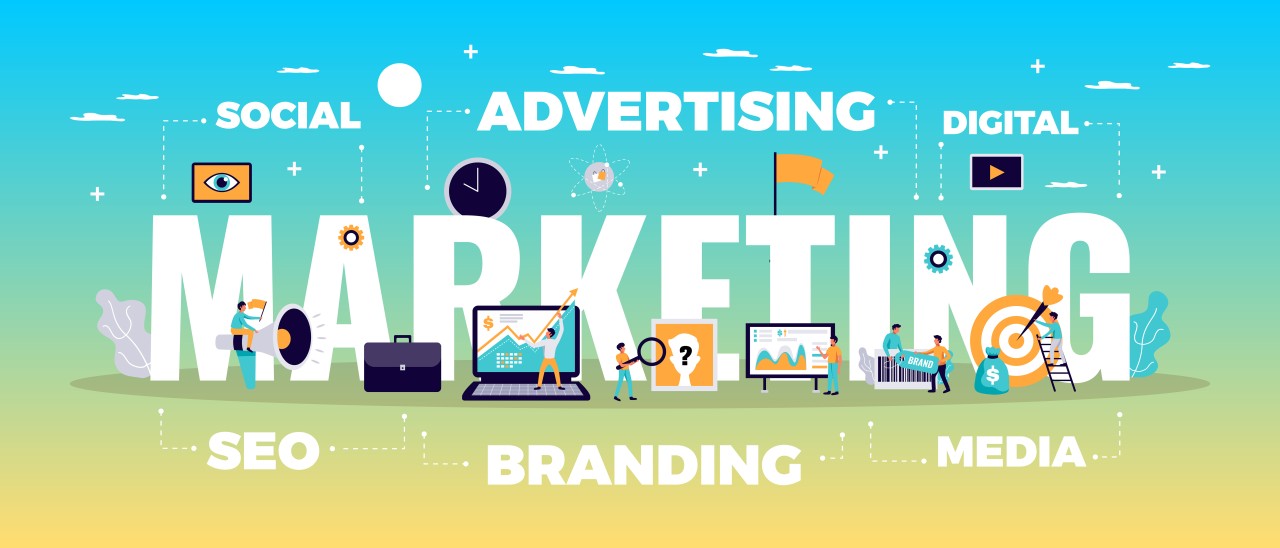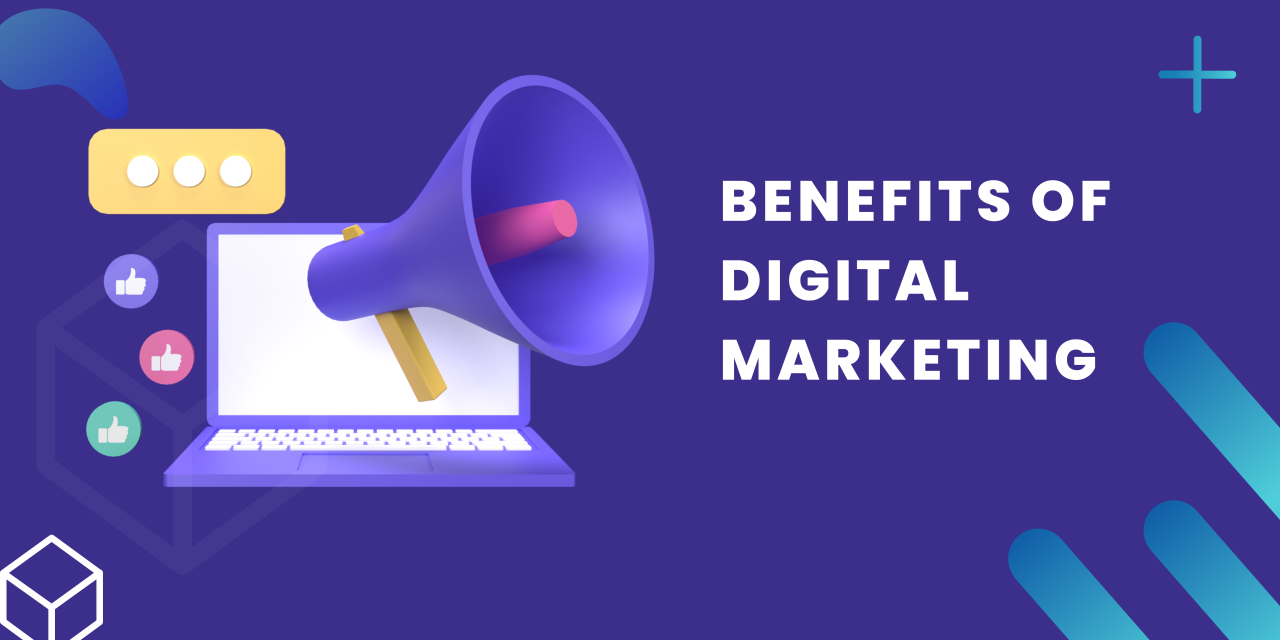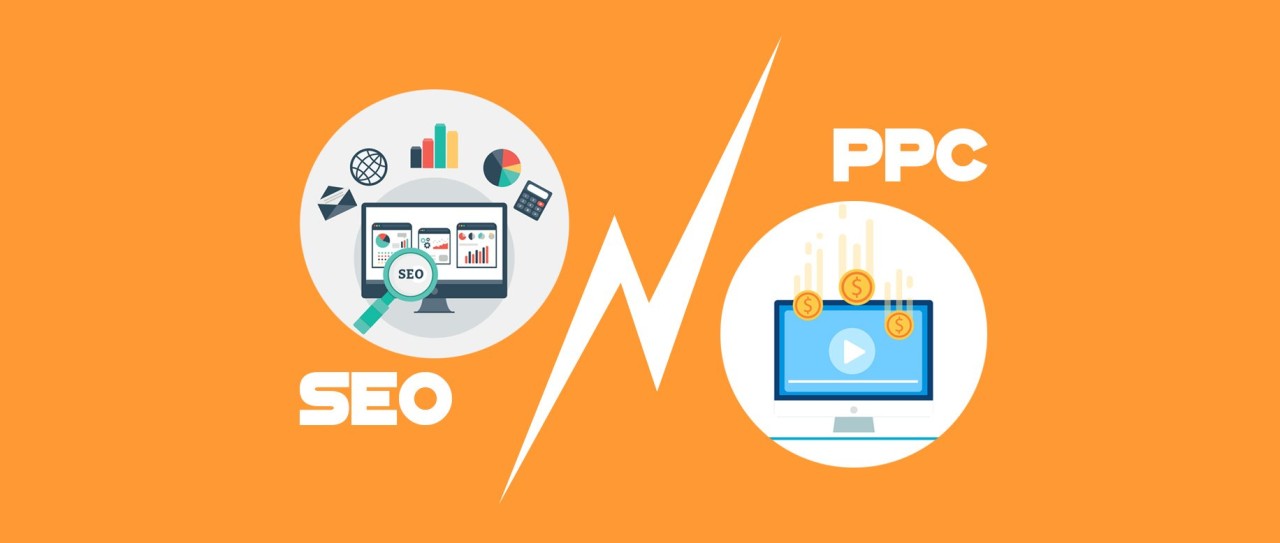Decoding Digital Marketing : Programmatic Advertising Demystified and SEO vs. PPC Explored

In the ever-evolving world of digital marketing, programmatic advertising has emerged as a powerful tool for reaching and engaging target audiences with precision and efficiency. As the digital advertising landscape becomes increasingly complex, understanding the fundamentals of programmatic advertising is essential for marketers looking to stay competitive and drive results. In this beginner’s guide, we'll explore everything you need to know about programmatic advertising, from its basic concepts to its advanced strategies.
Understanding Programmatic Advertising
Programmatic advertising is a method of buying and selling digital advertising space in real-time through automated processes. Unlike traditional ad buying, which involves manual negotiations and placements, programmatic advertising relies on algorithms and machine learning to purchase ad inventory across a vast network of websites, apps, and digital platforms. This automated approach allows advertisers to target specific audiences, optimize campaigns in real-time, and achieve greater efficiency and effectiveness.
Key Components of Programmatic Advertising :
Demand-Side Platform (DSP) :
-
A demand-side platform is a technology platform used by advertisers and agencies to purchase digital advertising inventory programmatically. DSPs provide access to ad exchanges and other supply sources, allowing advertisers to target and bid on ad impressions based on various parameters such as demographics, interests, and browsing behavior.
Supply-Side Platform (SSP) :
-
A supply-side platform is a technology platform used by publishers and app developers to sell their digital advertising inventory programmatically. SSPs connect publishers with ad exchanges and demand-side platforms, enabling them to maximize revenue by selling ad impressions to the highest bidder in real-time auctions.
Ad Exchange :
-
An ad exchange is a digital marketplace where advertisers and publishers come together to buy and sell ad inventory programmatically. Ad exchanges facilitate real-time auctions, where ad impressions are sold to the highest bidder based on predefined targeting criteria and bidding strategies.
Data Management Platform (DMP) :
-
A data management platform is a technology platform used to collect, organize, and analyze data from various sources, including website visitors, CRM systems, and third-party data providers. DMPs help advertisers better understand their target audience and create more effective targeting strategies for programmatic advertising campaigns.

Best Practices for Programmatic Advertising :
Define Clear Objectives :
-
Before launching a programmatic advertising campaign, define clear objectives and key performance indicators (KPIs) to measure success. Whether it's increasing brand awareness, driving website traffic, or generating leads, having clearly defined goals will guide campaign strategy and optimization efforts.
Audience Segmentation :
-
Take advantage of audience segmentation capabilities to target specific audience segments with tailored messaging and offers. Leverage data from DMPs and audience insights tools to identify high-value audience segments and create personalized ad experiences.
Creative Optimization :
-
Invest in high-quality creative assets that capture attention and resonate with your target audience. Test different ad formats, messaging, and visuals to identify what resonates best with your audience and drives the desired action.
Monitor and Optimize :
-
Continuously monitor campaign performance metrics and KPIs to identify areas for improvement and optimization. Use real-time reporting and analytics dashboards to track key metrics such as click-through rate (CTR), conversion rate, and return on ad spend (ROAS), and adjust campaign settings accordingly.
Stay Updated :
-
Stay informed about the latest trends, technologies, and best practices in programmatic advertising. Attend industry events, webinars, and conferences, and subscribe to industry publications and newsletters to stay updated on the latest developments in the field.

Comparison: SEO vs. PPC :
-
SEO, often regarded as the cornerstone of online visibility, revolves around optimizing a website's content, structure, and backlink profile to improve its organic ranking in search engine results pages (SERPs). Organic traffic generated through SEO reflects users' genuine interest in the content and relevance of a website to their search queries. Achieving higher rankings in organic search results entails comprehensive keyword research, content optimization, technical enhancements, and ongoing monitoring to adapt to search engine algorithms and user behaviors.
-
On the other hand, PPC advertising offers marketers the opportunity to secure prominent placement in search engine results and other digital platforms by bidding on relevant keywords. Unlike SEO, PPC campaigns require advertisers to pay for each click on their ads, making it a more immediate and controllable method for driving traffic. With PPC, marketers have precise control over targeting parameters, ad messaging, budget allocation, and campaign optimization, enabling rapid adjustments to maximize ROI and achieve specific business objectives.
-
The decision between SEO and PPC hinges on various factors, including budget constraints, timeline considerations, competition levels, and the nature of the target audience. While SEO offers long-term sustainability and cost-effectiveness, it requires patience and continuous effort to yield significant results. PPC, on the other hand, provides instant visibility and measurable outcomes but demands ongoing investment to sustain traffic and conversions.
-
In determining the most suitable approach, marketers must evaluate their goals and priorities. Are they aiming for sustainable organic growth or immediate results? Do they have the resources to invest in long-term SEO strategies or prefer the agility of PPC campaigns? Understanding the strengths and limitations of each strategy empowers marketers to devise a balanced approach that leverages the strengths of both SEO and PPC to maximize overall digital marketing effectiveness.
-
Moreover, the synergy between SEO and PPC should not be overlooked. Integrating both strategies can amplify the impact of digital marketing initiatives, with SEO providing a solid foundation for organic visibility while PPC supplements with targeted, immediate traffic generation. By strategically aligning SEO and PPC efforts, marketers can achieve comprehensive coverage across SERPs, capitalize on diverse audience behaviors, and optimize resource allocation for optimal results.
-
Furthermore, ongoing monitoring, analysis, and refinement are essential components of success for both SEO and PPC campaigns. By leveraging analytics tools and performance metrics, marketers can identify trends, uncover insights, and make data-driven decisions to enhance campaign effectiveness and return on investment.
Conclusion :
-
Programmatic advertising offers advertisers a powerful and efficient way to reach and engage target audiences across digital channels. By understanding the key components, benefits, and best practices of programmatic advertising, marketers can leverage this technology to drive greater ROI, increase brand visibility, and achieve their marketing objectives with precision.
Raise High Your Industry with Nexastrive

.webp)